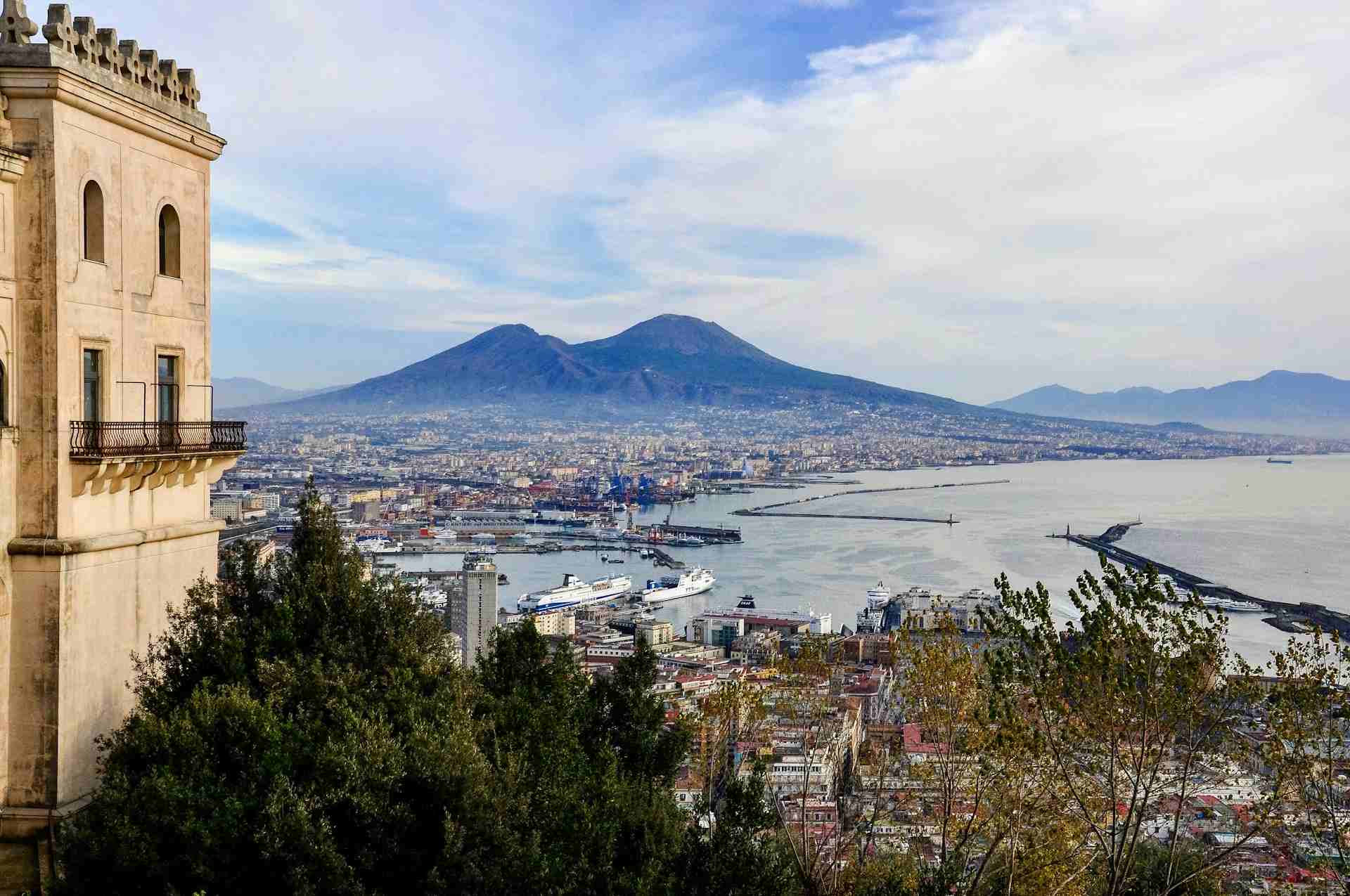Naples, the largest city in Southern Italy, showcases a scene you can only see in postcards. Mount Vesuvius stands as the backdrop, sand-colored buildings scatter around the area, and the brilliant blue Mediterranean Sea creates a striking contrast. Moreover, the city is a treasure stove of history and culture, including being the birthplace of pizza. Naples has many things to do, but this blog will take you further to the undiscovered. Handpicked by our expert TripLeaders and local hosts, these hidden gems in Naples should be in your itinerary!
Hidden Gems in Naples – Summary
- Gaiola Underwater Park
- Bourbon Tunnel
- The Catacombs of Saint Gaudiosus
- Parco Virgiliano
- Procida
- Scugnizzo Liberato
- Trabucco Palace
- Vomero
- Cantina Centrale 92
- Ristorante Osteria Il Galum
1. Gaiola Underwater Park
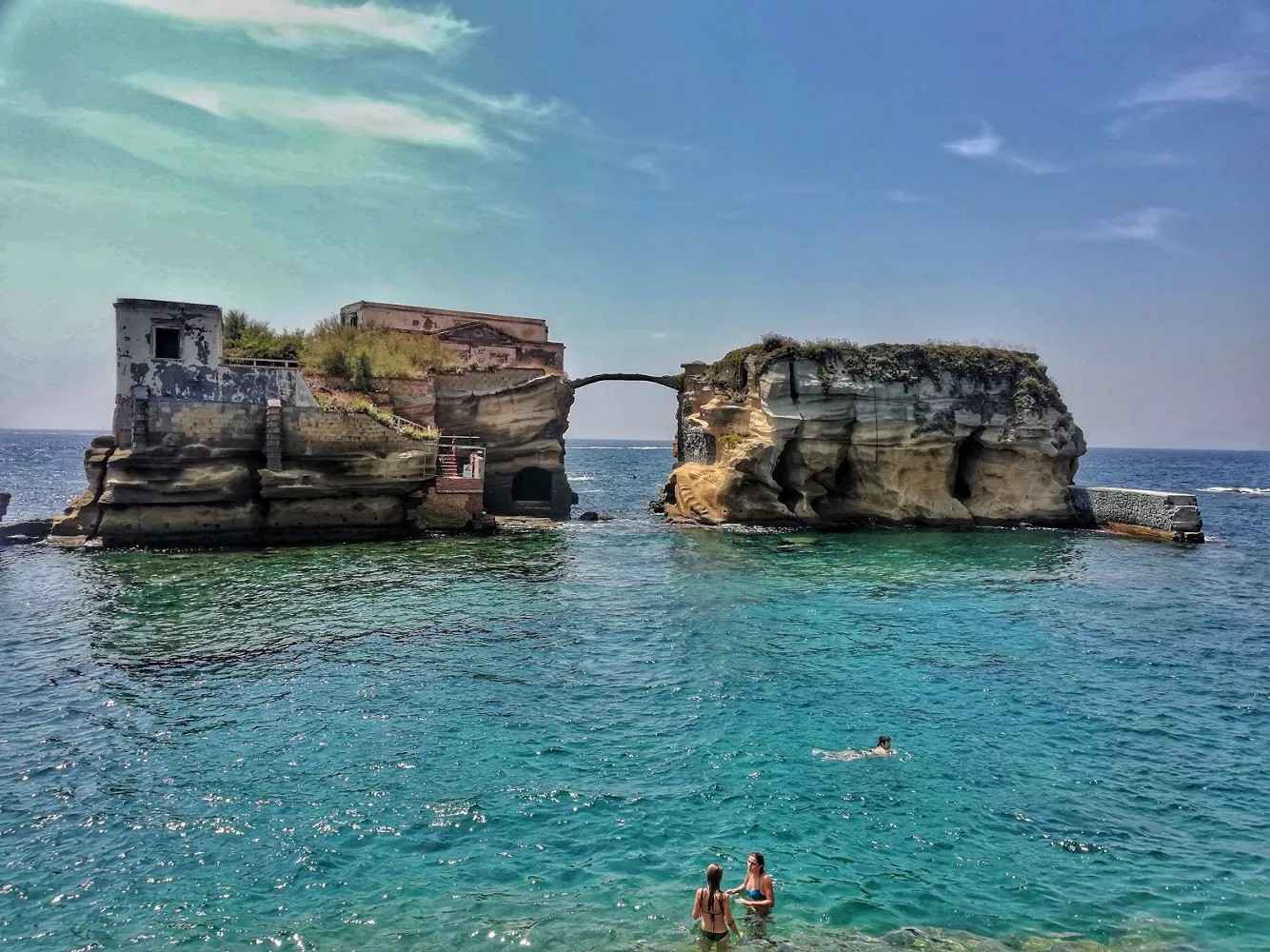
The sparkling Mediterranean waters undeniably make you want to take a dip. However, swim further from the coastline and discover the Mediterranean’s marine charms in Gaiola Underwater Park. Covering an area of 42 hectares, the park serves as a wildlife sanctuary and research station. The seabed keeps endemic flora and fauna species safe. Besides that, it has witnessed a prehistoric civilization, making it one of Italy’s archaeological hotspots.
Tucked off the port of Naples, Gaiola Underwater Park welcomes visitors to stop by. You can even snorkel in the crystal-clear waters and peek at the park’s underwater landscapes. Other than that, you can take a glass-bottomed boat tour or guided walks along the coast. Therefore, Gaiola Underwater Park is one of the must-visit hidden gems in Naples.
2. Bourbon Tunnel
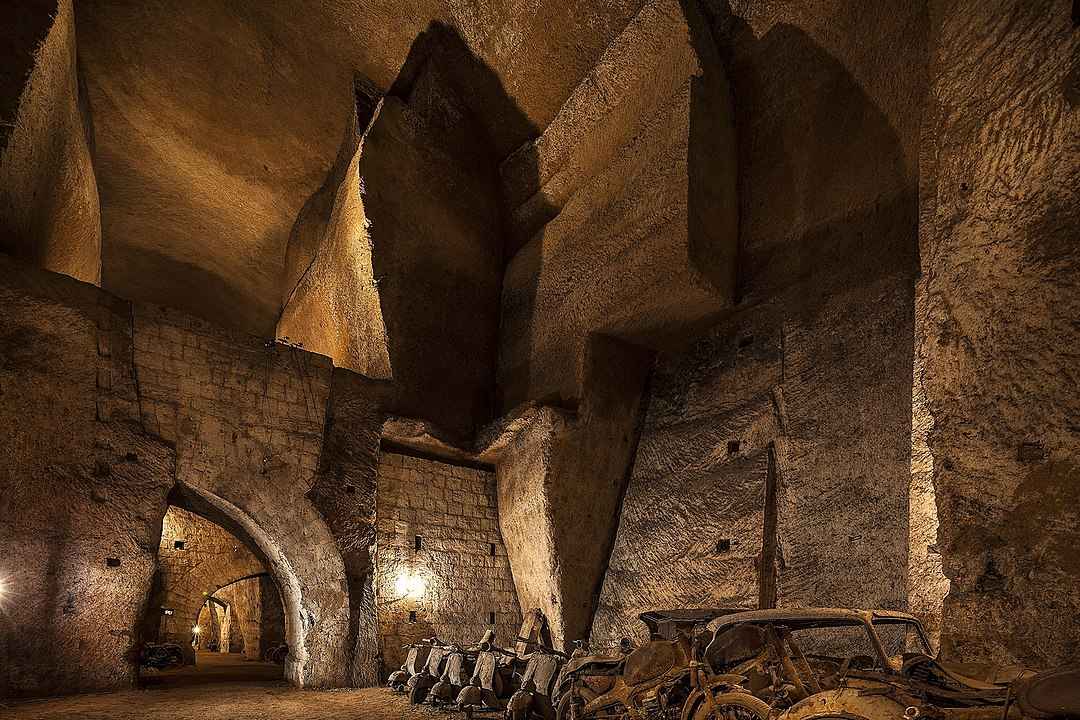
Established by the Greeks in the first millennium BC, Naples has witnessed different historical timelines. Ruins of temples, churches, and other historical sites keep a record of prominent events. One of them includes the Bourbon Tunnel which stood during World War II. The tunnels were built beneath the city and served as a refuge between 1939 and 1945. Once you step into the tunnels, you are taken back to the war period.
Bourbon Tunnel features a short network of tunnels. They contain electricity-supported rooms, bathrooms, and a chamber packed with rusty cars and motorcycles. Those rooms provided safety for 10,000 people when the war reached Italy. Therefore, the Bourbon Tunnel stands as a commemoration of world peace. It is one of the most interesting hidden gems in Naples to visit.
3. The Catacombs of Saint Gaudiosus
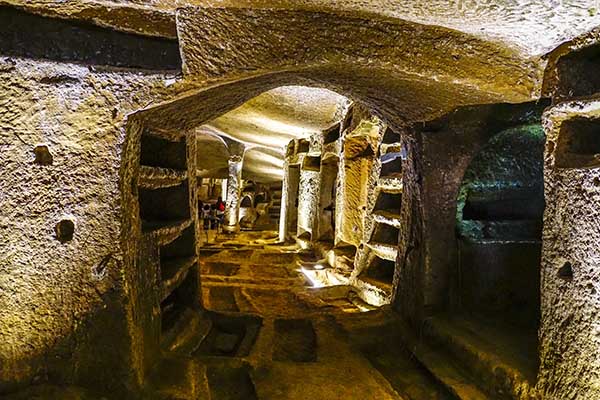
Discover the early roots of Christianity in Naples at the Catacombs of Saint Gaudiosus. The site dates back as old as the fourth century, making it one of Italy’s oldest religious spots. As its name suggests, the Catacombs of Saint Gaudiosus serve as a burial site for saints, pilgrims, and worshippers. History tells us that it was the burial place of Saint Gaudiosus, a bishop from North Africa.
Only a few tourists have heard of Saint Gaudiosus. Nonetheless, it is an intriguing place to visit. You can find some of the oldest Christian frescoes carved into the walls. Moreover, the catacombs look both eerie and fascinating with deteriorated human skeletons embedded in the walls.
4. Parco Virgiliano
This hilltop garden on Posillipo Hill was considered ‘neglected’. However, the locals find it hard to resist Parco Virgiliano’s beauty and serenity. The garden has a handful number of visitors who love to relax around the viewpoint. Parco Vigiliano overlooks the glimmering Mediterranean Sea. You can spot the island of Capri and the coasts of Amalfi and Sorrento from the viewpoint. It is undeniable that Parco Virgiliano is one of the most beautiful hidden gems in Naples.
Thus, on regular days, Parco Virgiliano lights up along the locals’ daily activities. Local markets were built outside the main gates. The park provides a playground that is packed with kids during the weekends. Furthermore, it is a green public spot that deserves a visit.
5. Procida
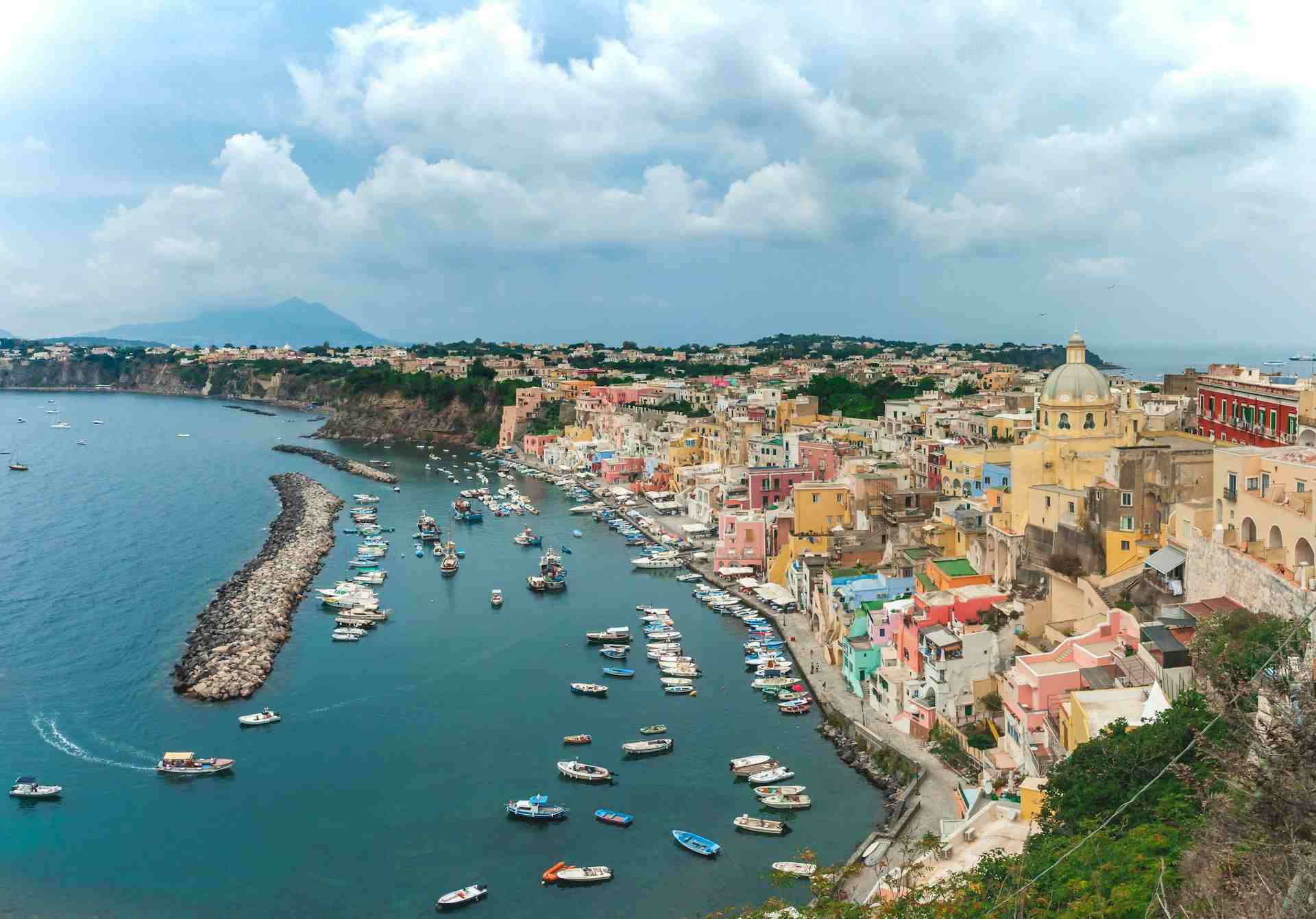
Stretching half an hour boat ride away from Naples, Procida wants to match Positano’s beauty. This tiny island sits off the rocky Italian coastline. It houses pastel-colored buildings, stacked along each other like Lego pieces. The coastline is transformed into a port, but small pieces of black-sand beaches can be found. Then, what can you do in Procida?
The two-mile-square island comes alive with the artsy and flamboyant souls of the locals. They love to create art and embrace the peaceful pace of life. Therefore, strolling along Procida’s lovely neighborhood can feel like a short therapy. Furthermore, you can relax at a local coffee shop, see fishing villages, and explore the historical corners.

